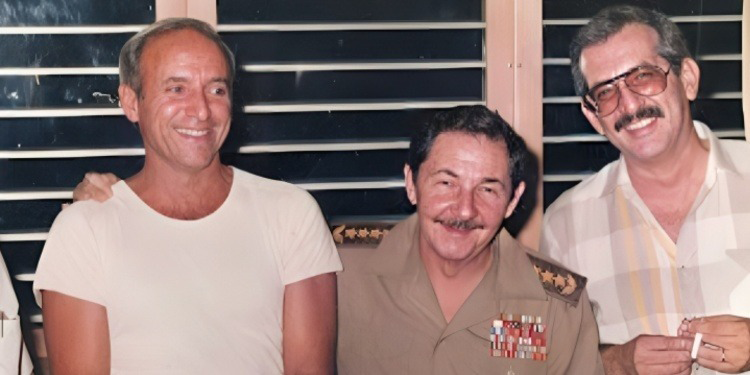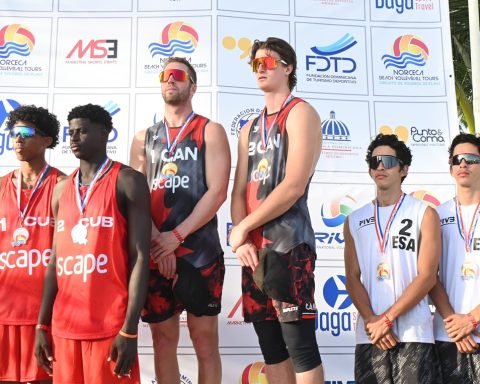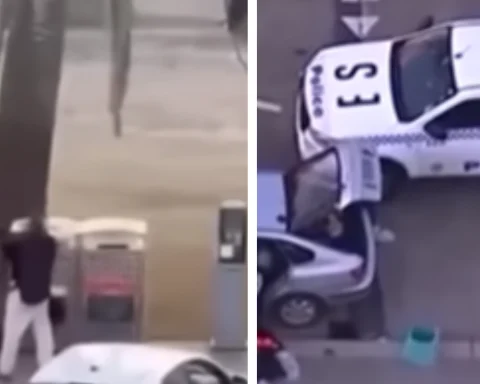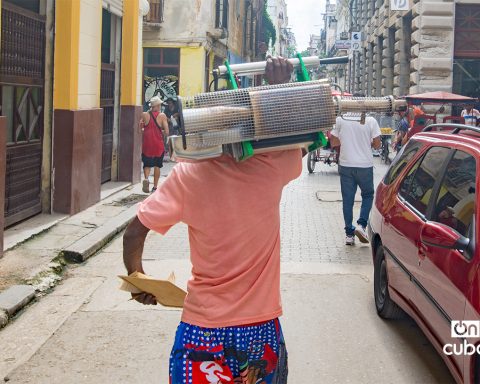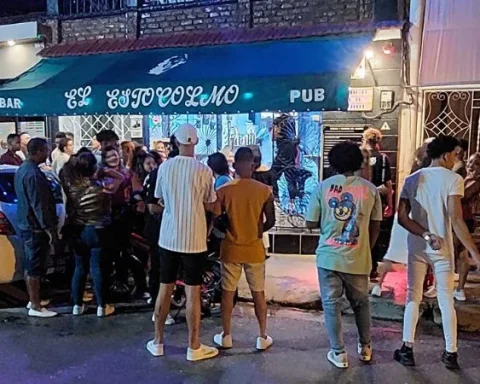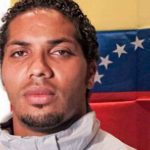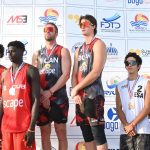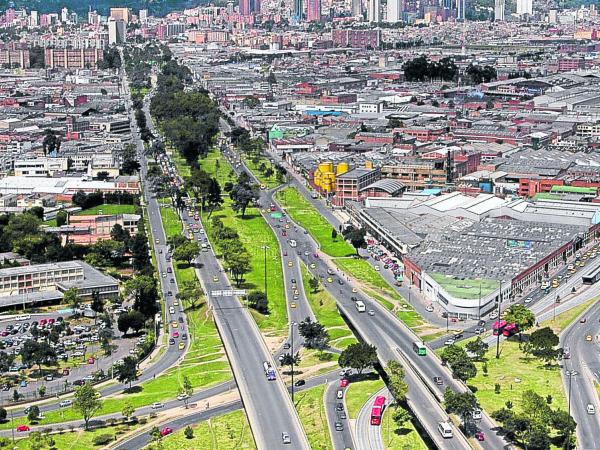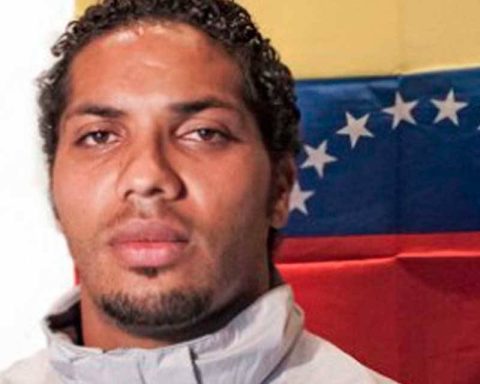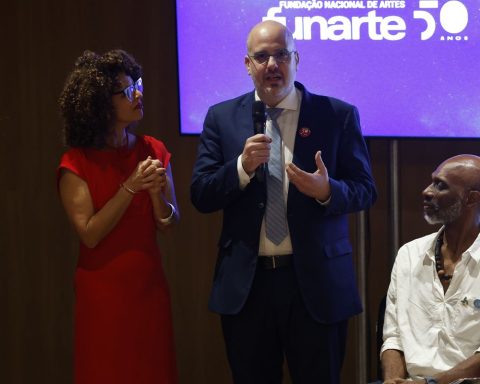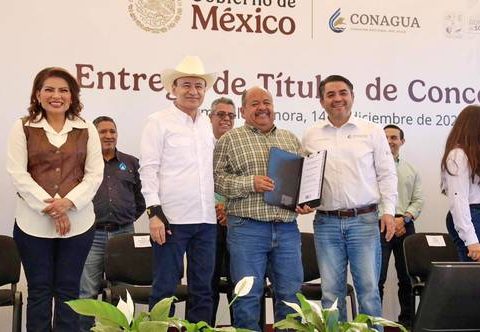SAN LUIS POTOSÍ, Mexico.- 35 years ago, by order of Fidel Castro, officers Arnaldo Ochoa, Antonio “Tony” de la GuardiaAmado Padrón and Jorge Martínez were shot, accused of treason and drug trafficking.
Interviewed by the Filmmaker Ian PadronJorge Masetti, documentary filmmaker, writer and husband of Ileana de la Guardia, daughter of Tony and niece of Patricio de la Guardia, provided his testimony to a series of episodes that have reconstructed from different perspectives a case that paralyzed all of Cuba.
Having worked for the American Department of the Central Committee of the Communist Party of Cuba, an organization that dealt with the political relations of the PCC and then, close to Tony de la Guardia, Masetti has contributed to deepening details concerning the process that culminated in the shooting of the Cubans.
In the interview, he recalled when he was subordinate to Antonio de la Guardia, who would later become his father-in-law.
The myth
Jorge Massetti, son of the Argentine “Comandante Segundo” (Jorge Ricardo Masetti) and right-hand man of Che Guevara, described the phenomenon articulated around the figure of Tony and Patricio de la Guardia as a mythical construction.
“I think we have to separate Tony de la Guardia around whom a huge mythology has also been built. Even some who claim to have been great friends of his and who perhaps were at one time – but who later betrayed him – have contributed to this in order to flatter themselves,” he said.
In this regard, he referred to the figure of Norberto Fuentes, who, the day after the shooting of Tony de la Guardia, appeared alongside Alcibíades Hidalgo, former Cuban ambassador to the UN, to “speak ill of him throughout Havana so that reports would arrive that they also felt betrayed.”
“Now it turns out that he seems to be the third Cuban warrior, when in reality he was never anything like that, he was just a friend of Tony, but that doesn’t mean that he knew all the secrets, as he claims. Tony’s secrets were only known by the bosses who could order him to do something because he didn’t even discuss them with his family,” he commented.
Masetti also denied some of the legends circulating in relation to his father-in-law, such as the one that places De la Guardia in Chile, related to the death of Salvador Allende.
“It is completely false, not only because it has been verified in Chile but also because it has been verified by all those who were there, that Tony de la Guardia was not there. Tony was in charge of the protection of the Cuban embassy, so that is totally false,” he confirmed.
The man
On the other hand, he referred to a proven fact that is part of one of the cases in which the former colonel was involved.
Among his “missions,” Tony de la Guardia would be in charge of depositing in Switzerland the sum of 60 million dollars that the Montoneros of Argentina obtained in 1975, the result of the ransom payment for the kidnapping of the brothers Juan and Jorge Born.
Some versions They indicated that at least 50 million had been deposited in the National Bank of Cuba and would still be there.
The Born brothers – from the Bunge y Born group, then the most important multinational in the country – were kidnapped by a commando group of 30 people on September 19, 1974.
Juan was released after six months and Jorge after nine, after $60 million was paid for them in several installments.
“The thing about the Montoneros’ money is true. There are people who participated with Tony in that operation, they have made it public but it is not because he was in charge, he was just following orders that he received like those that any officer of any intelligence service in the world can receive,” said Masetti.
“Tony could create the mechanisms to deposit those millions and at the same time he was in charge of the first combat platoon in Angola and he participated personally, that is, he was a man who could participate,” he said.
Antonio de la Guardia, alias “Tony,” and Patricio’s twin brother, was a brigadier general, considered a trusted man of the dictator Fidel Castro, who was assigned very special operations.
Accused in Case No. 1 was incriminated for a crime against peace and international law, classified as “hostile acts against a foreign State,” codified within crimes against state security.
The drug trafficking charge against Tony and the defendants, according to Article 190, paragraphs 1, 3 and 4 of the Cuban Penal Code in force in 1989, did not provide for the death penalty. The maximum penalty was 15 years of imprisonment.
